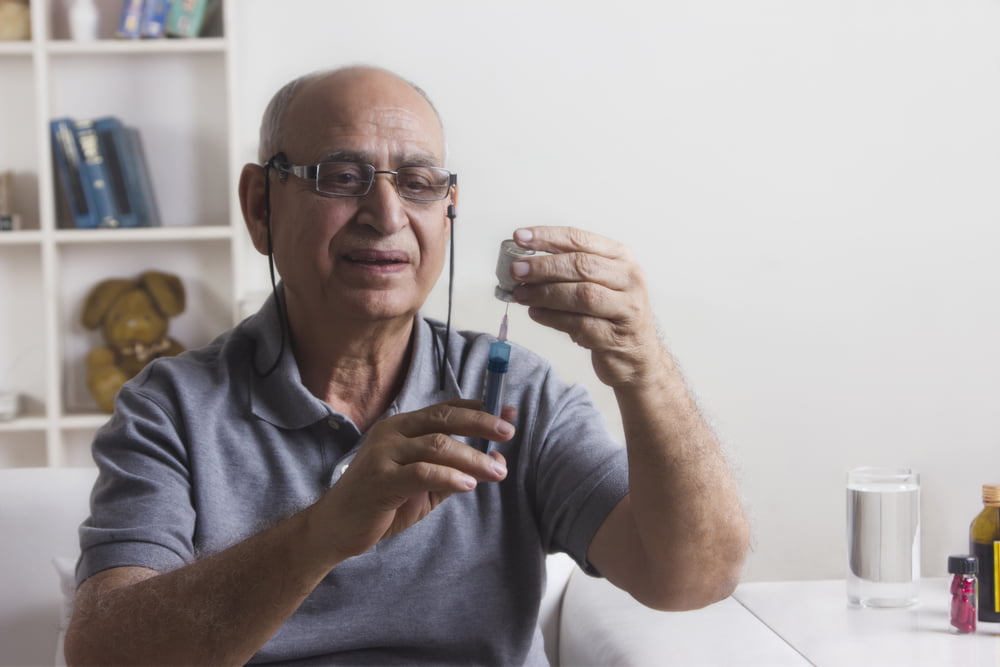
It is a disease that has garnered much attention in the United States and all over the world. It is considered a major risk factor for cardiovascular disease and has its own litany of medical complications for the diseased. I am talking about Type II Diabetes Mellitus. For those of you who are not aware, Diabetes is a condition in which the hormone, insulin, is no longer produced by the pancreas in sufficient amounts to help decrease the concentration of glucose (sugar) in the blood stream due to insulin resistance. The resistance is heavily attributed to an individual being overweight, having faulty genetics involving insulin production, suffering from any other co-morbid diseases such as high blood pressure, high cholesterol, high triglycerides and even simply carrying fat around the abdominal region. The pancreas tries to produce more insulin to compensate for the increasing amount of glucose but reaches a saturation point where it “burns” out.
As someone who grew up in the US and have spent time reading about Diabetes in medical school, I previously never felt that it resonated with me personally because of not knowing anyone fighting the dreaded disease. I was aware of it along with its implications and ramifications but that was all. It was not until both my uncle and aunt confessed to me at a family gathering that it had been 6 months since they have been diagnosed and were finding it very frustrating. For them, the diagnosis was somewhat shocking because while they did have very mild high blood pressure and were over 60 years of age, they were fairly thin and in good fitness, walking daily for 30 minutes, 7 days a week. But one point that became abundantly clear to me was their diet. It consisted of white rice with curries most days of the week. White rice means high levels of glucose without many nutrients unlike brown or wild rice. Furthermore, the heavy cream and oils that are integral in the sumptuous curries do not help either. As children growing up in South Asia, this was very commonplace. It is a problem that has escalated into a global health crisis so much so that India is now referred to as the “Diabetes capital of the world.”
That is a title no country would ever want to have, for sure. The World Health Organization (WHO) estimates that the number of diabetic cases in India will increase from 51 million people in 2010 to 87 million in 2030; which accounts for a nearly 60% increase. Unreal! To further underscore how critical this disease is impacting India, the International Diabetes Federation (IDF), the estimated cases of diabetes in India in the age group of 20-70 years were 66.8 million and 69.1 million in 2014 and 2015, respectively. As mentioned earlier, insulin resistance is the mechanism for developing Type II Diabetes with obesity being a significant contributory factor. There have been reports linking obesity in Indians – primarily driven by nutrition, lifestyle, increasingly faulty diets secondary to the invasion of western food and physical inactivity, in the background of genetic predisposition.
India has been combating Diabetes for many years and desperately needs a coherent, systematic and efficient approach that yields impactful results. It is unlikely that any single non-governmental organization (NGO) or entity alone will be able to deliver sufficient impact; what is needed instead is a multi-sectoral approach with high involvement from several government departments, NGOs, media and individuals. Some recommendations would be to continue implementing voluntary exercise across all educational institutions and workplaces, providing healthy eating options at subsidized rates in office and school/university cafeterias and organizing annual medical check-up camps for students and employees. Patient education will also be critical if the rising burden of Diabetes is to be addressed, as unhealthy lifestyle and dietary habits contribute largely to the medical condition. Low awareness of risk factors, limited access to public health services and poor quality treatment have all contributed to the steady rise in Diabetes.
Diabetes can be easily prevented and controlled through simple lifestyle modifications, which includes adopting the combination of diet, exercise, behavioral modification and stress reduction. India’s level of public spending on health remains one of the lowest in the world at a meager 1.2% of its Gross Domestic Product (GDP). Substantial investment in public health services is needed if India is to secure access to basic health services and medicines to create a stable and secure environment for its people.
Like what you see? Sign up to join Human Health Project, a community-based, not-for-profit website focused on using peer-to-peer health support for a healthier you.





Leave A Comment
You must be logged in to post a comment.